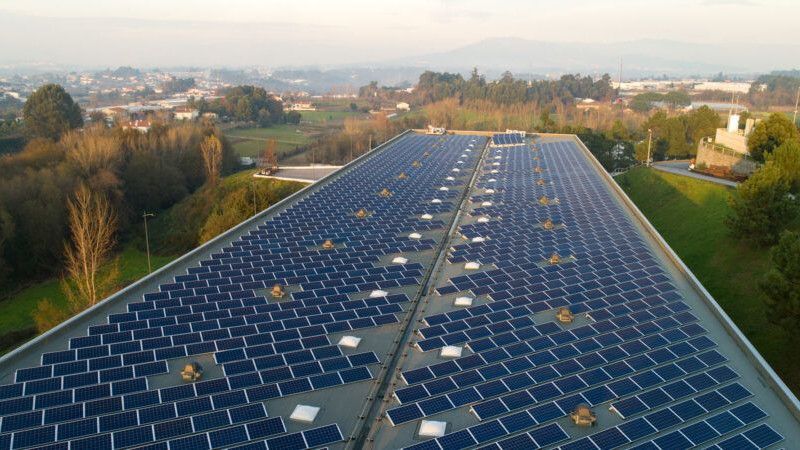"The 260-gram wine bottle, which will be on display at the Portuguese Pavilion, represents a milestone in innovation and sustainability," and is the world's lightest glass wine bottle, "made with up to 80% recycled glass," according to information sent to Lusa by Pedro Costa, manager of the "Packaging of the Future®" mobilizing agenda.
The 0.75-litre bottle, which was "developed using advanced technological processes by Santos Barosa (Vidrala Group) in collaboration with LiDA – the Design and Arts Laboratory of the Polytechnic Institute of Leiria," reduces "the glass surface area by 20%, thanks to its optimised geometry and ultra-thin walls," said Pedro Costa.
At the world exhibition on Friday and Saturday, the bottle will be presented, with several examples available with wine, which will be served in "a partnership with Esporão," explained the project manager.
According to Costa, the project "is of great importance," exemplified by the addition of recycled glass, in addition to the fact that "the packaging was optimised to take up less space and be much lighter."
"From a logistical standpoint, for the producer and then the distributors, in terms of content, it will be a significant ecological savings," he emphasised, stating, without certainty, that the lightest glass wine bottle to date will be around 300 grams.
The "Packaging of the Future®" mobilizing agenda aims to create more ecological, digital, and inclusive packaging solutions within the scope of the Recovery and Resilience Plan (RRP) and is comprised of a consortium of 79 entities from across the country, including companies, universities, research centers, and associations, the Leiria Region Business Association/Chamber of Commerce and Industry (NERLEI/CCI) said in a press release.
With a total investment of €104.1 million, this project is led by Vangest in close collaboration with NERLEI/CCI, the Leiria Polytechnic, the Intermunicipal Community of the Leiria Region, and with the support of INOVA+.
During the trip to Japan, in addition to its presence at the national pavilion to present the bottle, NERLEI/CCI has several institutional meetings planned to promote "Packaging of the Future®," its results, and foster commercial relationships between Portuguese and Japanese companies.
Pedro Costa explained that the initiative stems from an invitation from LiDA to exhibit at the Portuguese Pavilion, which selected this and two other projects.
In addition to the glass bottle, which is "one of the 19 results" that the "Packaging of the Future®" consortium has contracted with the PRR, the laboratory, based at the Escola Superior de Artes e Design in Caldas da Rainha, is bringing two more research projects to Expo 2025 in collaboration with other research centers, industry, and museums: "Living Surfaces" and "Sleeping Beauties."
The first involves "ceramic substrates that replicate rock formations where sea urchins naturally live, providing food and shelter in the early stages of their lives, when their survival is most threatened." It is being tested in shallow coastal waters along the Portuguese coast as part of a sea urchin population regeneration program.
The second involves "functional 3D-printed models of historical scientific instruments (15th–18th centuries) preserved in Portuguese museums, allowing broader public engagement with the scientific knowledge they represent," and four of these instruments will be available for hands-on experience by visitors to the World Expo.















